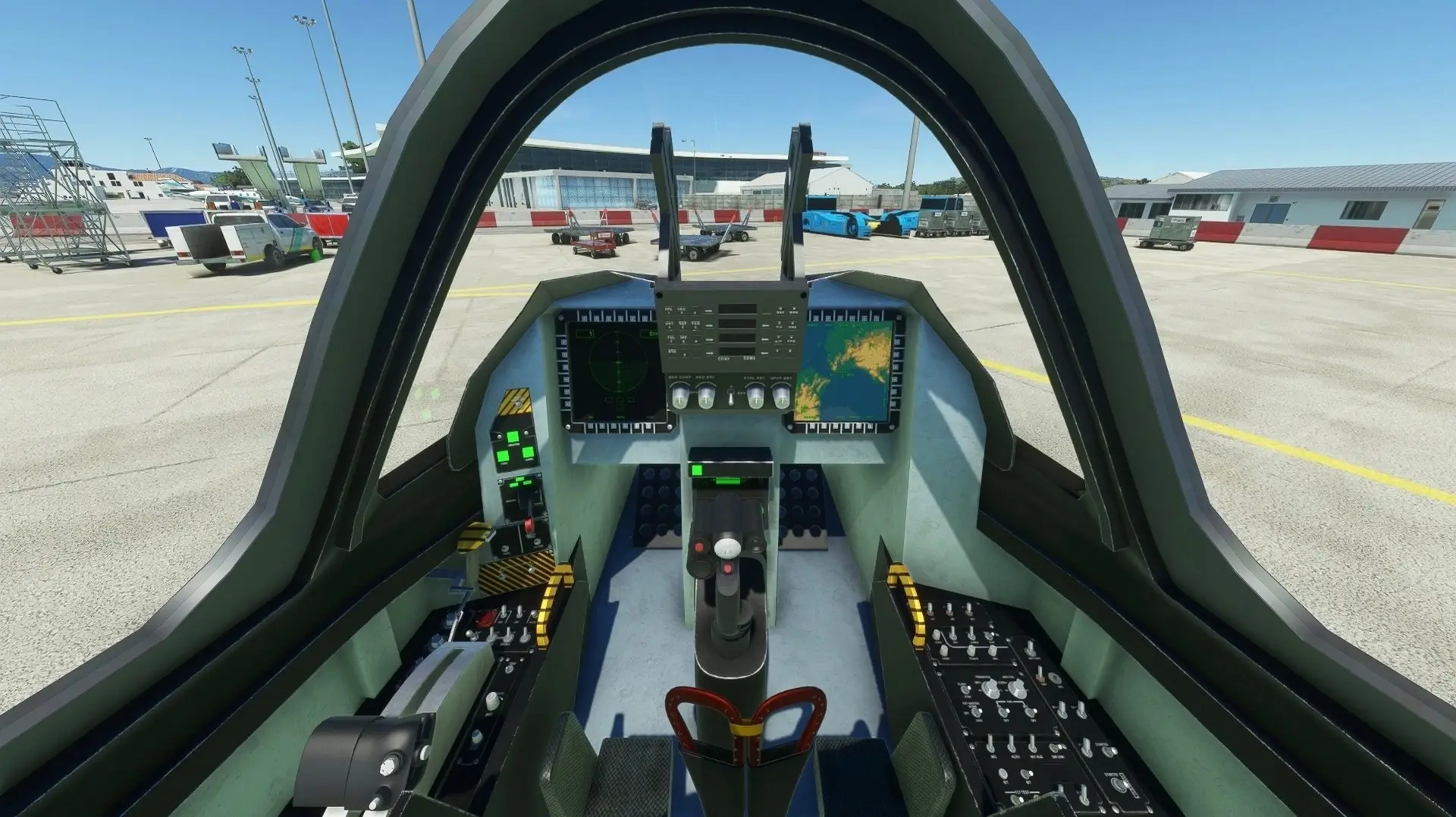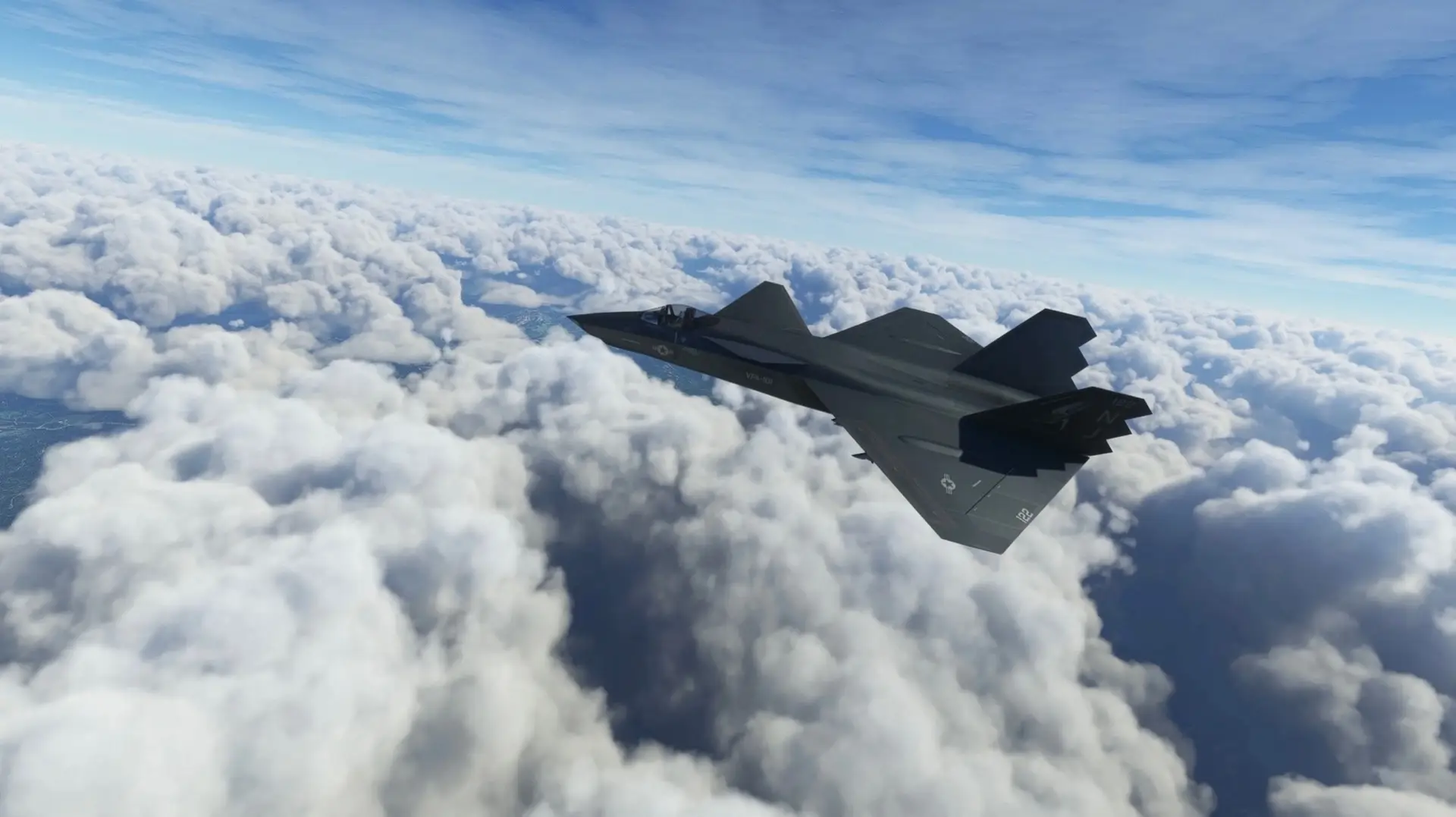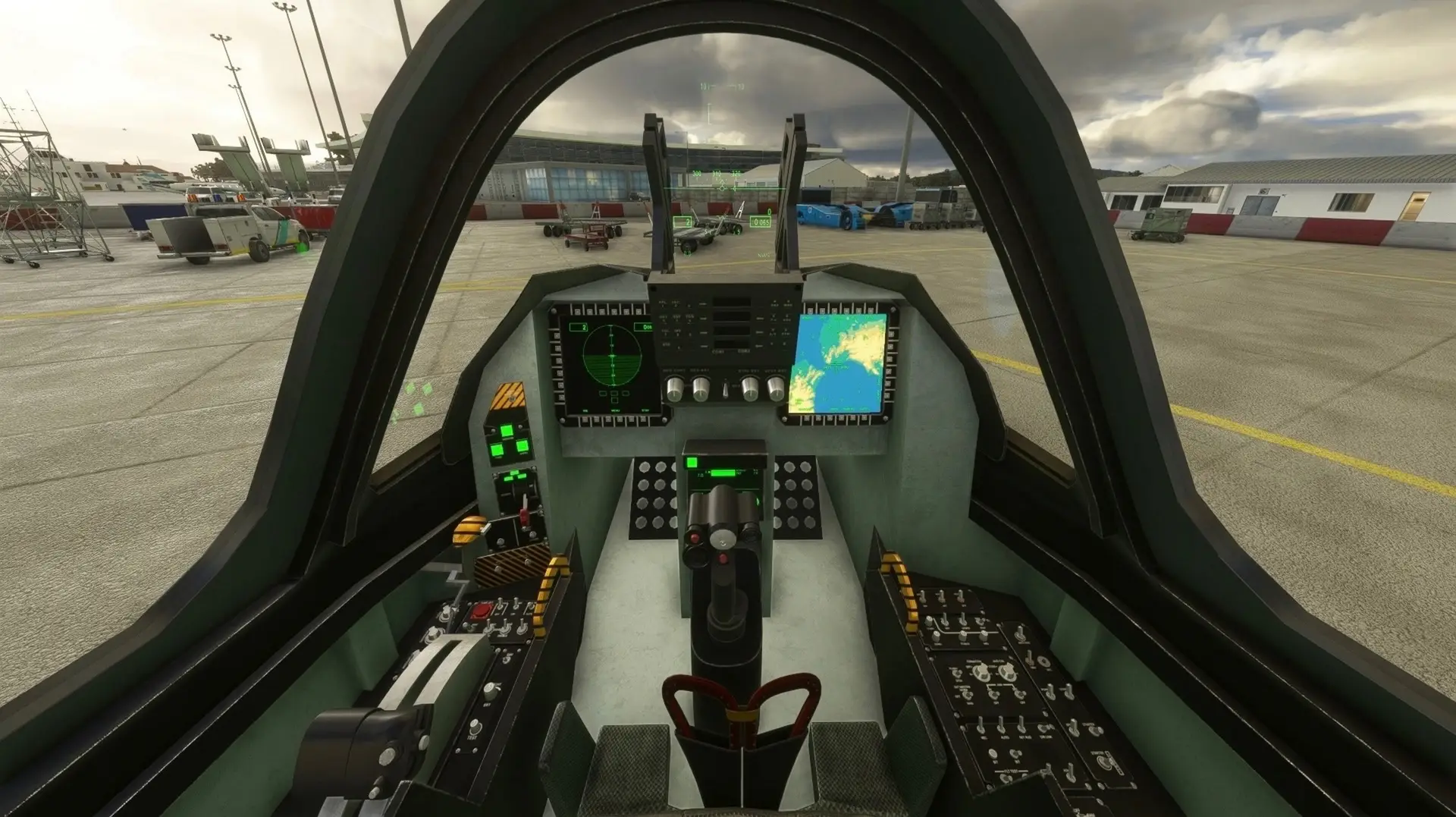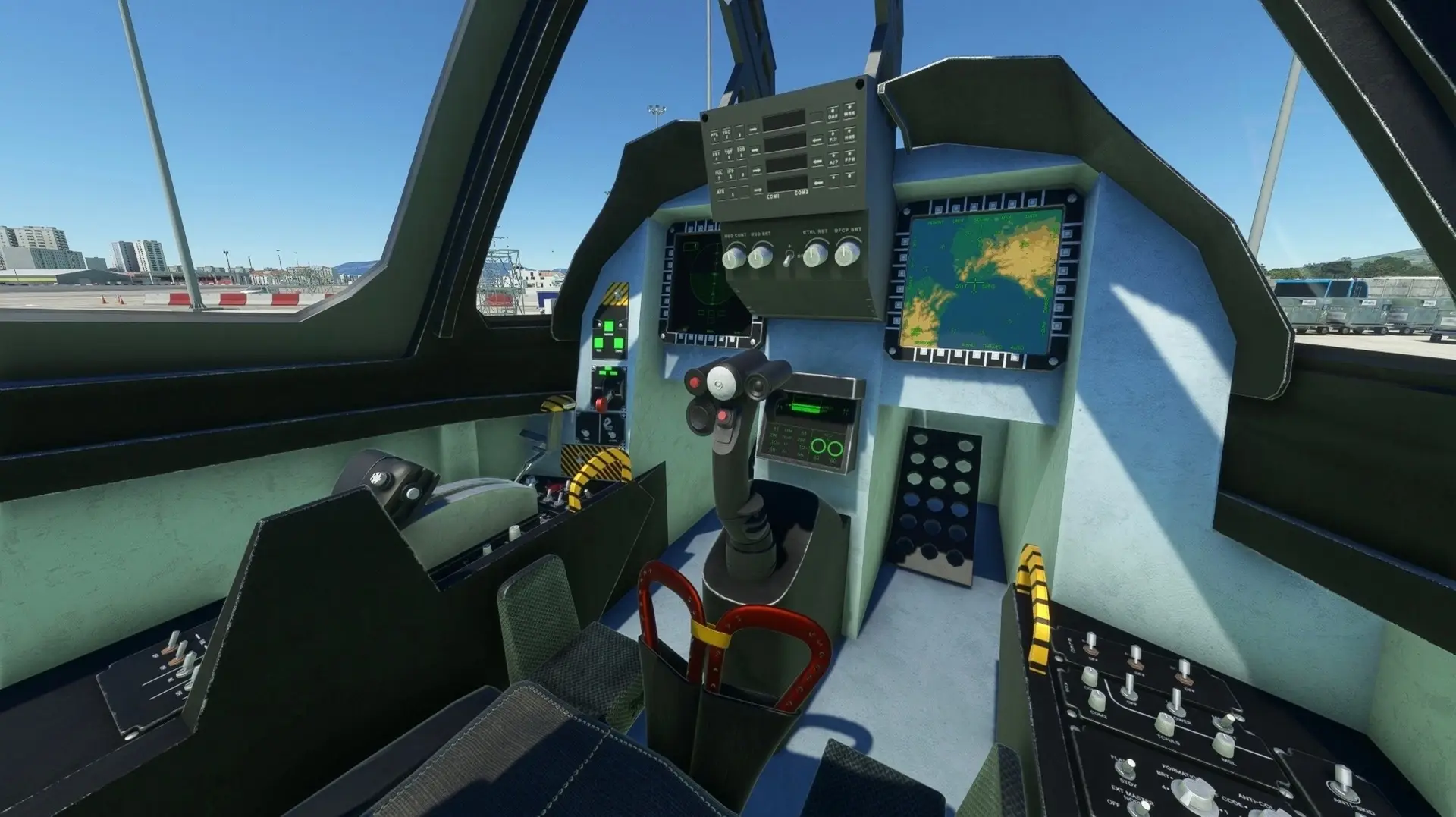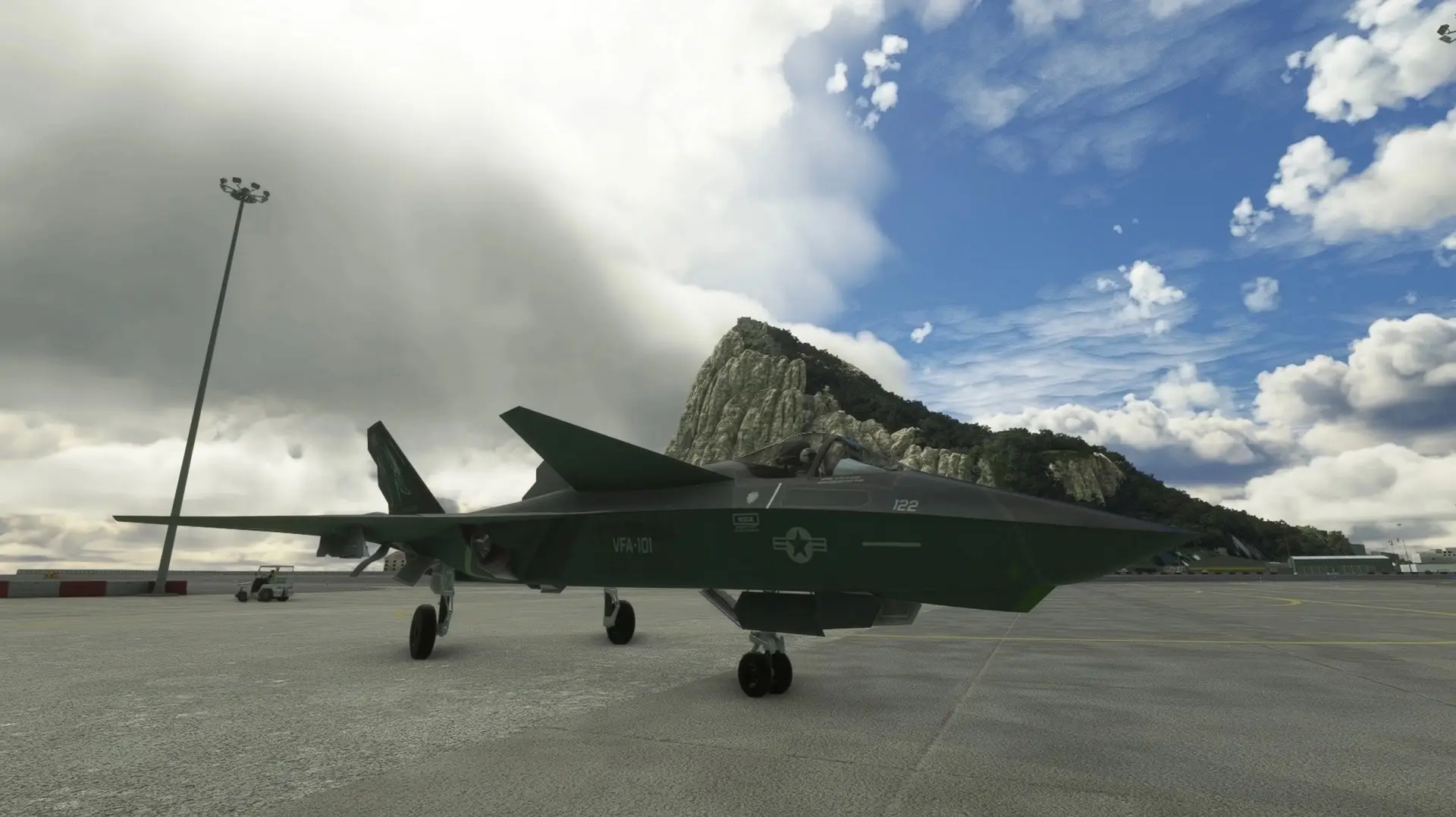The YF-23 is a twin-engine, single-seat, advanced demonstrator aircraft developed by a team composed of personnel from American aerospace firms Northrop and McDonnell Douglas. The jet was developed as part of the United States Air Force’s Advanced Tactical Fighter (ATF) program. The YF-23 took its maiden flight on August 27, 1990, and a total of two were produced, both prototypes.
The United States Air Force established the Advanced Tactical Fighter program in the early 1980s to develop a next-generation aircraft to dramatically extend then-current capabilities to counter emerging Soviet threats. The program outlined a series of criteria that together would form the basis of fifth-generation fighter aircraft, including low observability, high maneuverability, advanced avionics and flight controls, and efficient propulsion systems, including supercruise.
The result of the effort of Northrop and McDonnell Douglas was one of the most distinctive military aircraft in history. It features a diamond-shaped main wing blended into the aircraft’s fuselage, twin engine nacelles with ducted intakes, a V-tail empennage with all moving stabilizers, and an internal weapons bay. The design yielded both low radar cross section and low thermal signature. The jet features advanced avionics and a flight control system comprising high-speed computing for precision maneuvers.
The YF-23 measures 67 feet, 5 inches in length, stands 13 feet, 11 inches tall, and has a wingspan of 43 feet, 7 inches. It is powered by two afterburning turbofan engines that each produce up to 35,000 pounds of thrust with full afterburner. The aircraft has a range of 2,800 miles and a service ceiling of 65,000 feet above sea level. It has a supercruise speed of Mach 1.7 and a maximum speed of more than Mach 2.
